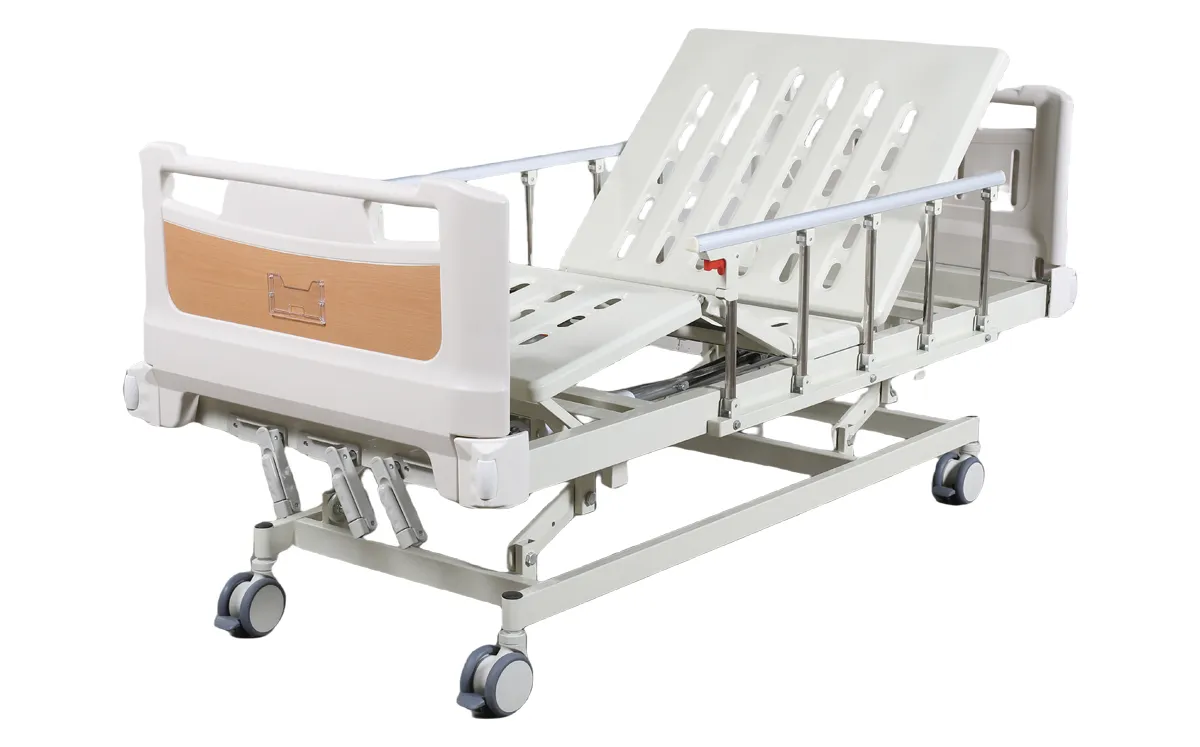Welcome to our websites!
Mobile Emergency Response Cart for Quick Medical Assistance and Efficient Patient Care
The Importance and Functionality of Mobile Crash Carts in Emergency Situations
In the realm of healthcare, the significance of prompt and effective response during emergencies cannot be overstated. Among the tools that facilitate such responses is the mobile crash cart, an indispensable piece of equipment commonly found in hospitals, clinics, and emergency care facilities. This article delves into the critical role of mobile crash carts, their components, and the training necessary to ensure their effective use.
Understanding Mobile Crash Carts
A mobile crash cart, also referred to as a code cart, is a wheeled medical cart equipped with essential emergency supplies and equipment designed for critical care situations, particularly in instances of cardiac arrest, respiratory failure, or other life-threatening emergencies. The mobility of these carts allows healthcare providers to quickly transport the necessary tools directly to the patient, minimizing delays in treatment during crucial moments.
Crash carts are typically stocked with a combination of medications, intubation supplies, monitoring devices, and the tools required for advanced life support. Common items include defibrillators, oxygen cylinders, intravenous (IV) equipment, and various emergency medications such as epinephrine, atropine, and antiarrhythmics. The specific contents of a crash cart may vary depending on the institution’s protocols, but all are designed to ensure that life-saving interventions can be administered promptly.
Key Components of a Mobile Crash Cart
1. Defibrillator An essential device used to restore a normal heart rhythm in cases of cardiac arrest through the delivery of an electric shock.
2. Oxygen Supplies This includes oxygen tanks and masks, vital for patients in respiratory distress.
3. IV Fluids and Medications A variety of IV fluids, along with emergency medications, ensure that healthcare providers can initiate treatment immediately.
4. Airway Management Tools This includes endotracheal tubes, bag-valve masks, and suction devices to secure and maintain the airway of an unconscious or struggling patient.
mobile crash cart

6. Basic Supplies Items such as gloves, syringes, gauze, and dressings are included to manage injuries and provide care effectively.
The Necessity of Regular Checks and Maintenance
One of the most critical aspects of mobile crash carts is the maintenance of their contents and organization. Healthcare facilities must implement a rigorous protocol to regularly check and restock crash carts, ensuring that all items are functional and within their expiration dates. A cart that is poorly stocked or contains expired medications can lead to disastrous outcomes during an emergency.
Staff must be trained not only in the use of the cart but also in the systematic approach to ensuring its readiness. This includes familiarizing themselves with the layout of the cart, knowing the location of each item, and conducting routine inventory checks. Regular drills or simulations should also be conducted to help reinforce the skills needed to respond effectively in an actual emergency.
Enhancing Response Times and Patient Outcomes
The presence of mobile crash carts has been shown to significantly enhance response times in emergency situations, ultimately leading to improved patient outcomes. A well-equipped and organized cart enables healthcare providers to act swiftly, minimizing the time between a medical crisis and intervention. Studies suggest that timely administration of life-saving medications and interventions can make the difference between life and death.
Moreover, the psychological effect of having a mobile crash cart readily available cannot be ignored. Knowing that necessary medical supplies are just a few steps away instills confidence in healthcare teams, allowing them to focus entirely on the patient rather than searching for equipment.
Conclusion
In conclusion, mobile crash carts are a fundamental part of emergency medical procedures in various healthcare settings. Their effective use can dramatically improve patient outcomes during critical situations, emphasizing the need for regular maintenance and training. By ensuring that healthcare providers are equipped with the necessary tools and knowledge, we can enhance the quality of emergency care and ultimately save lives. As the landscape of healthcare continues to evolve, the importance of preparedness and immediate response will remain a cornerstone of effective patient care.
-
Transforming Healthcare with Hospital FurnitureNewsJun.24,2025
-
Rehabilitation EquipmentNewsJun.24,2025
-
Mobility and Independence with WheelchairsNewsJun.24,2025
-
Freedom of Mobility with Our Rollator WalkersNewsJun.24,2025
-
Comfort and Independence with Commode ChairsNewsJun.24,2025
-
Bathing Safety and Independence with Shower ChairsNewsJun.24,2025
-
Navigating the Wholesale Landscape of Electric Mobility Solutions: Key Considerations for Power Wheelchair DealersNewsJun.10,2025











